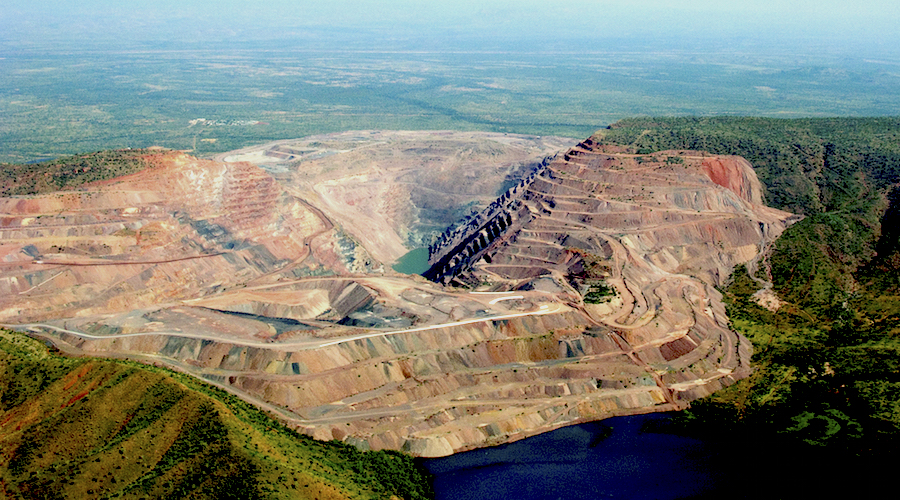
Australia’s science agency CSIRO has published a roadmap toward sustainable mine closures and economic growth in Australia.
As the island nation is expected to reach an annual expenditure exceeding A$4 billion on mine closure and rehabilitation activities, considering that around 240 Australian mines will approach closure by 2040, CSIRO decided to explore innovative solutions and technologies capable of leading mines towards closure while addressing the associated environmental, social, and economic challenges.
“With thousands of active and inactive mines in Australia, the demand for mine closure solutions will only increase as we seek to ensure positive closures and to transition regions to successful post-mining futures,” said Dominic Banfield, lead author of the report ‘Enabling Mine Closure and Transitions: Opportunities for Australian Industry’ that presents the proposal.
Banfield noted that the report identified opportunities across four categories of mine closure solutions.
When it comes to engagement and partnership, miners should strive to enable effective engagement, co-design, and mutually beneficial partnerships to improve social performance and reduce risks.
In terms of waste reduction and recovery, companies should find solutions that enable the cost-effective reduction, reuse, and recycling of mine waste to minimize closure liabilities.
Mine rehabilitation should focus on technologies that allow to improve the performance and cost-effectiveness of restoration activities, and when referring to land use transitions, the report recommends solutions that address the challenges in establishing post-closure land uses to generate lasting economic, social, or environmental value.
“The report’s comprehensive mapping highlights opportunities in engagement and partnership, waste reduction and recovery, mine rehabilitation, and land use transitions, showcasing the diverse spectrum of possibilities,” Guy Boggs, CEO of the Cooperative Research Centre for Transformations in Mining Economies, the organization that commissioned the study, said. “Looking ahead, we believe Australia can harness its domestic mine challenge to emerge as a global leader in cutting-edge mine closure solutions.”